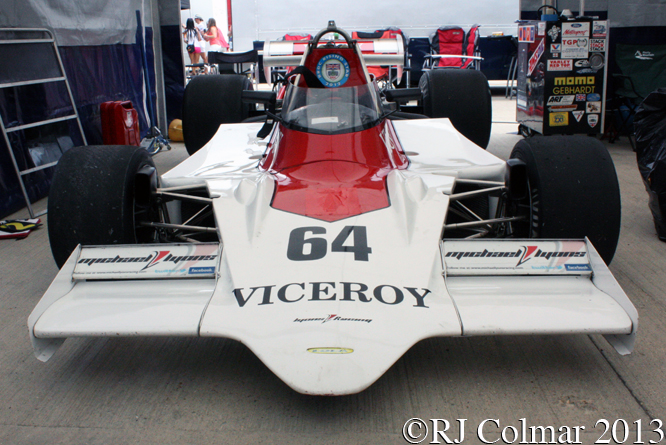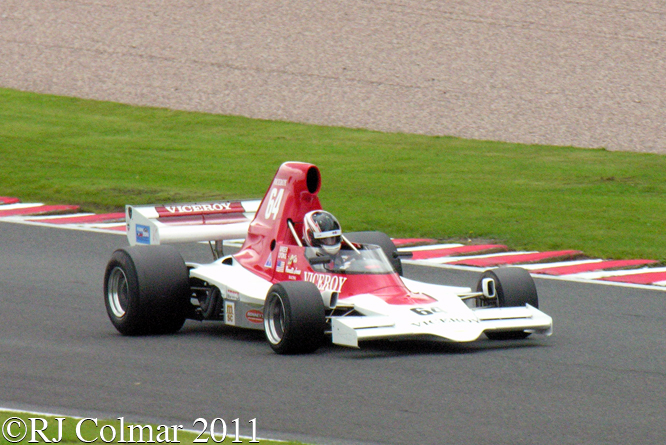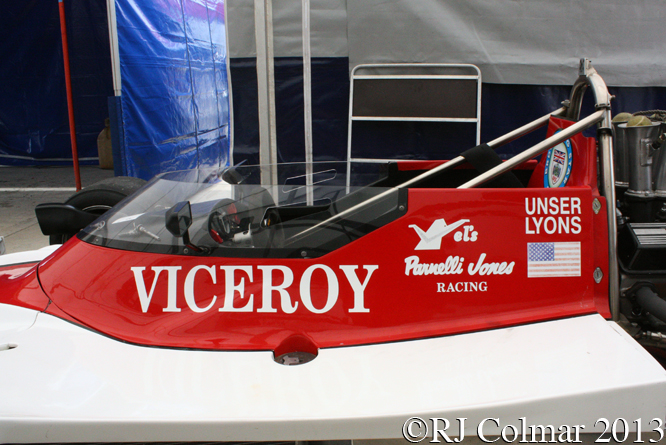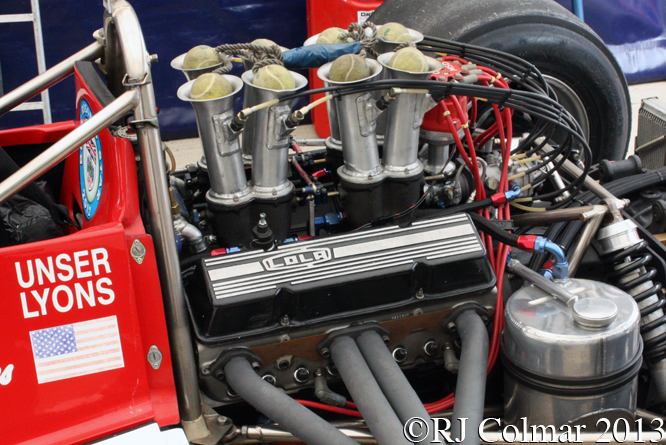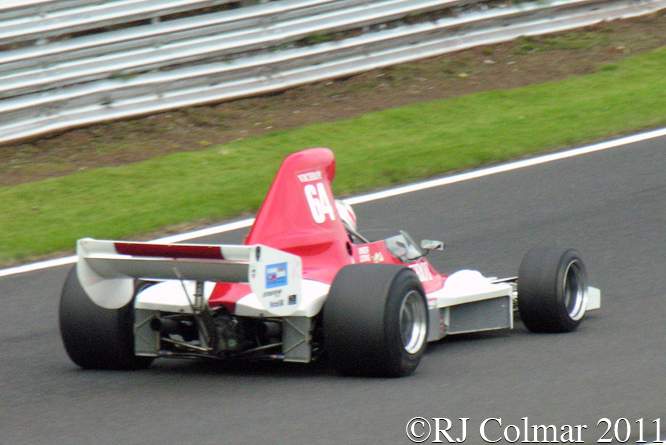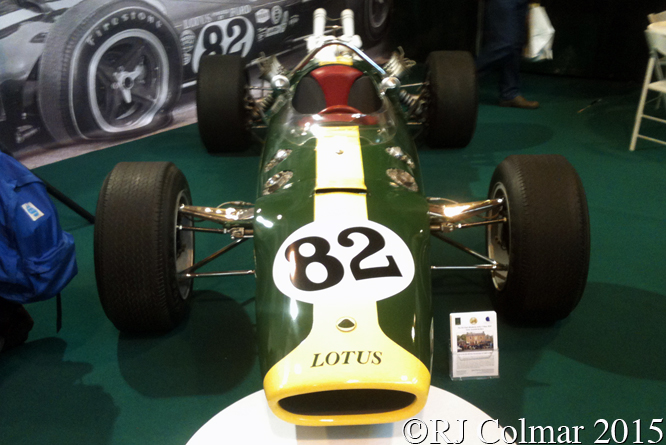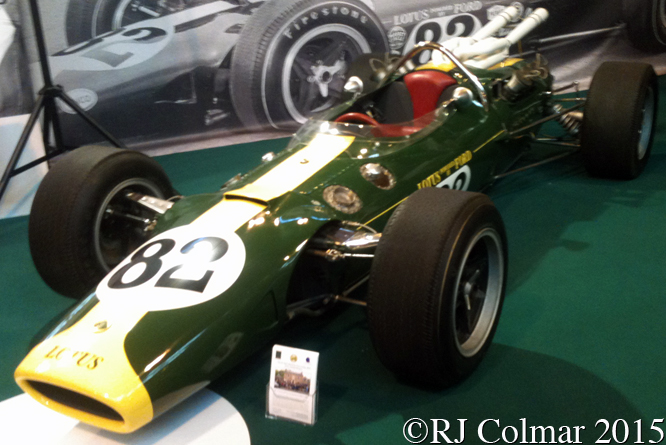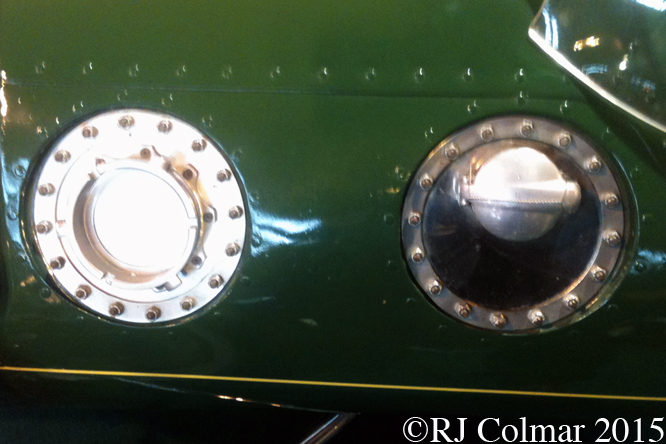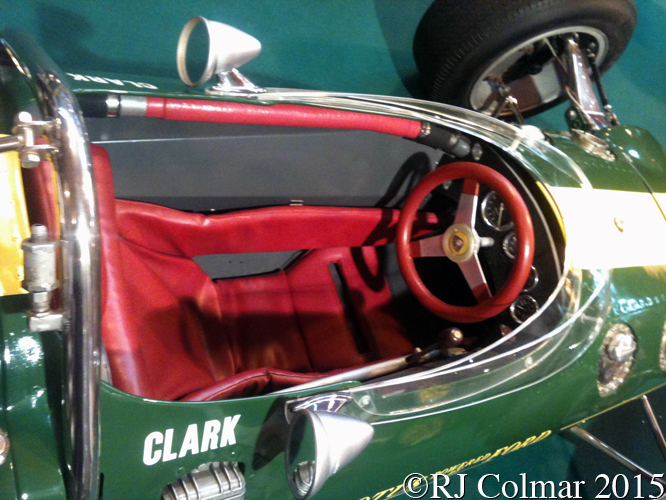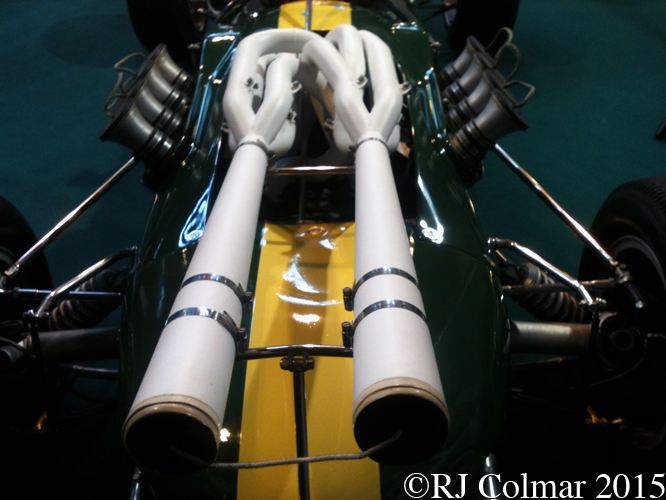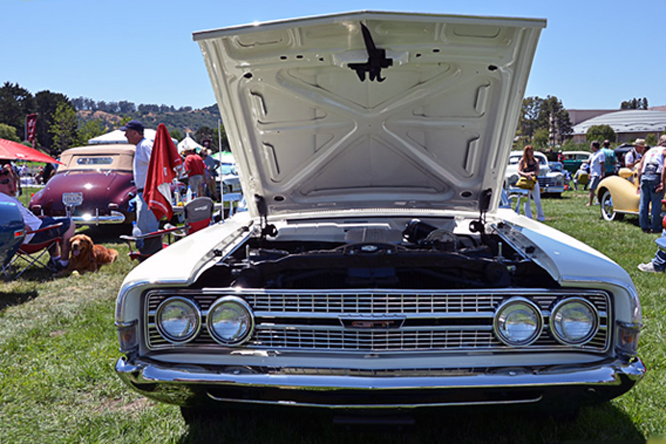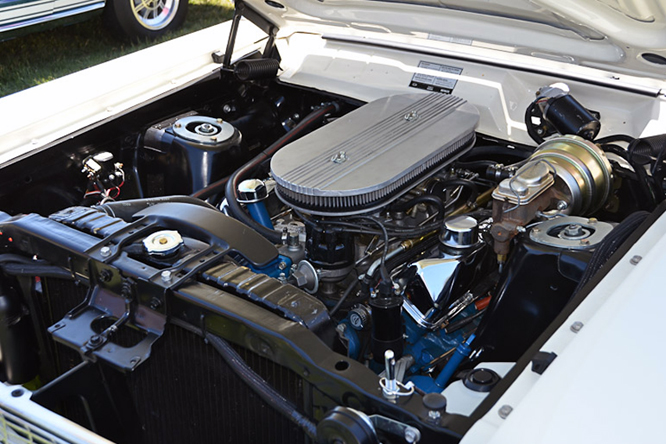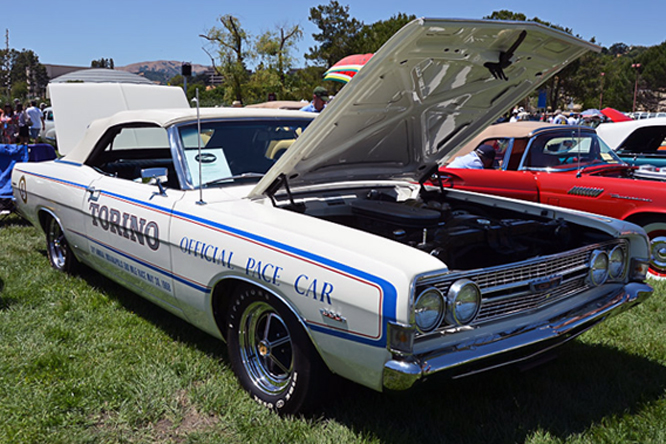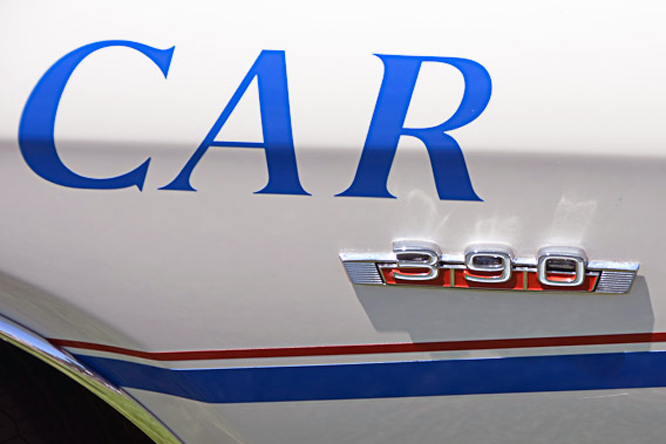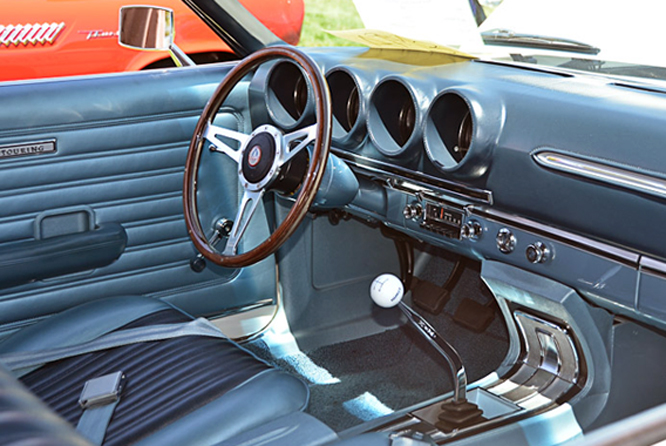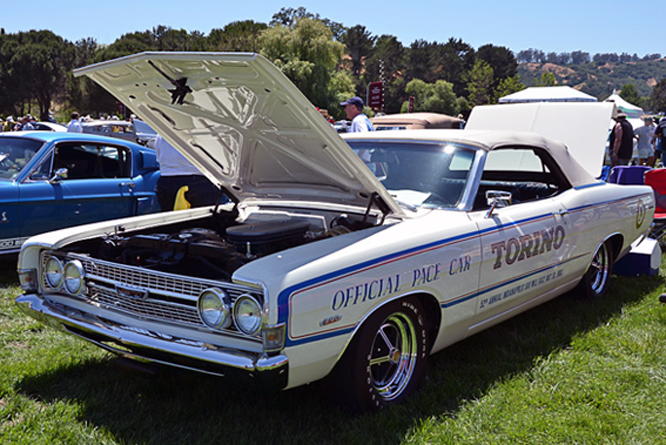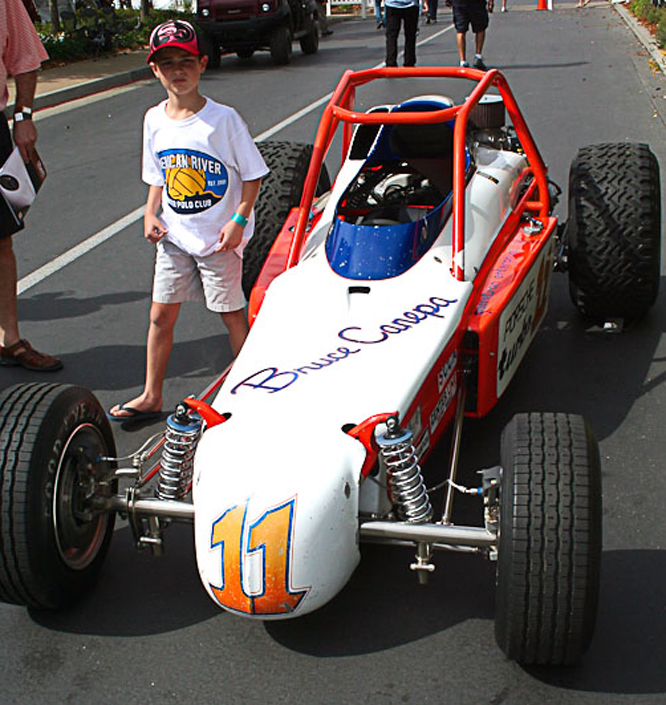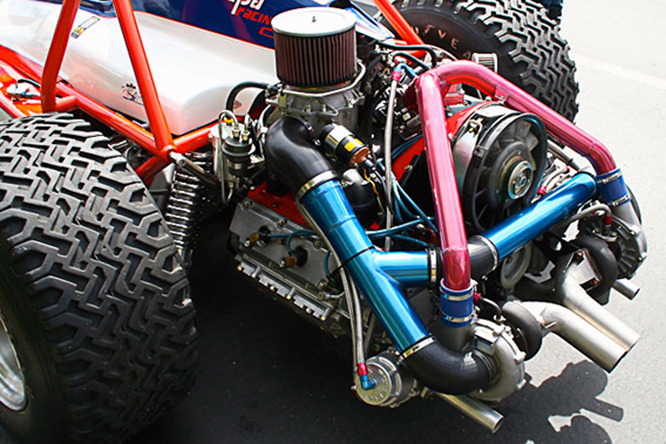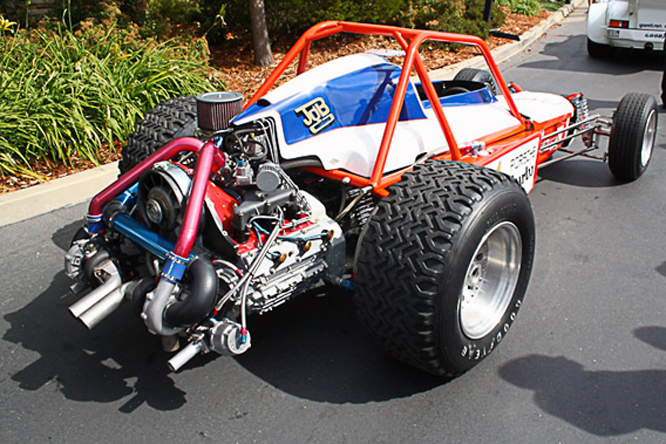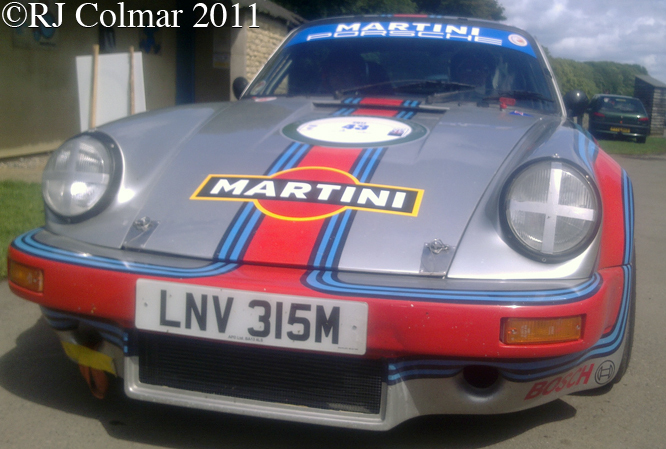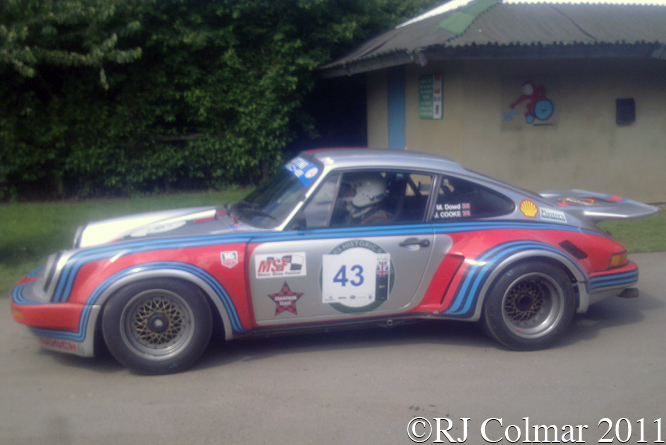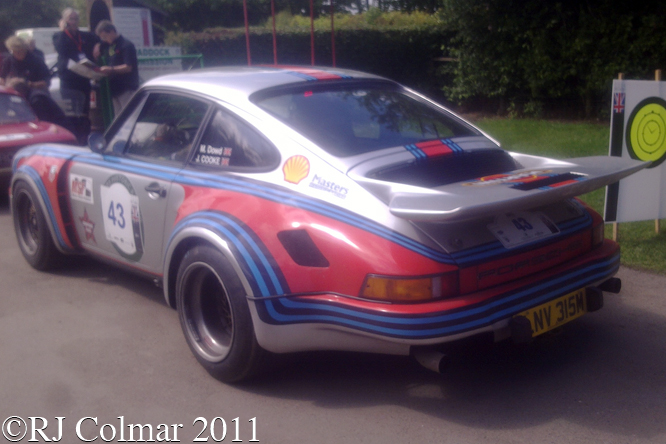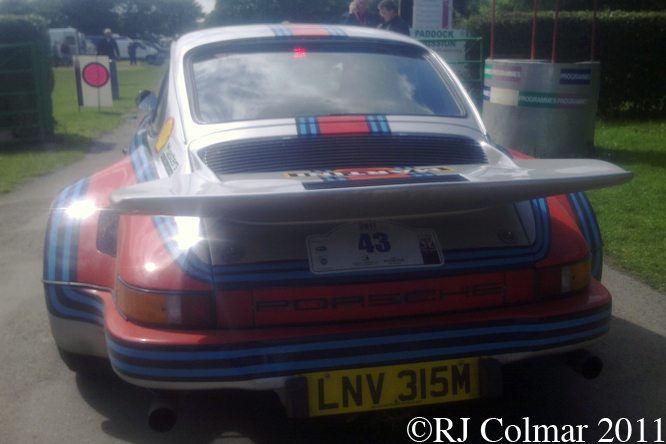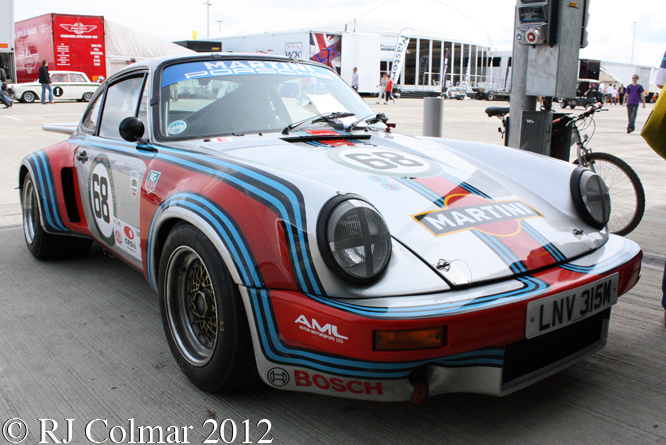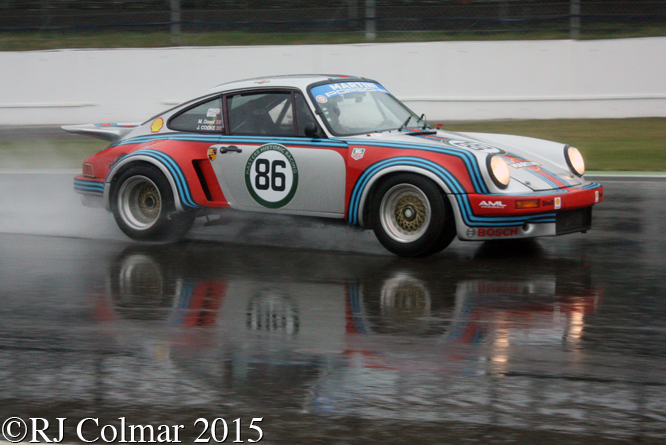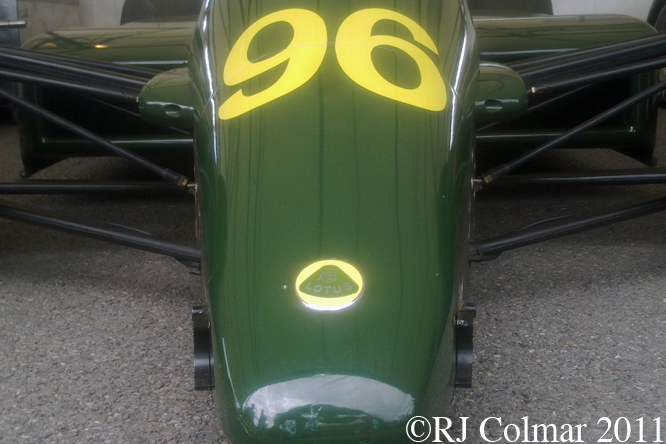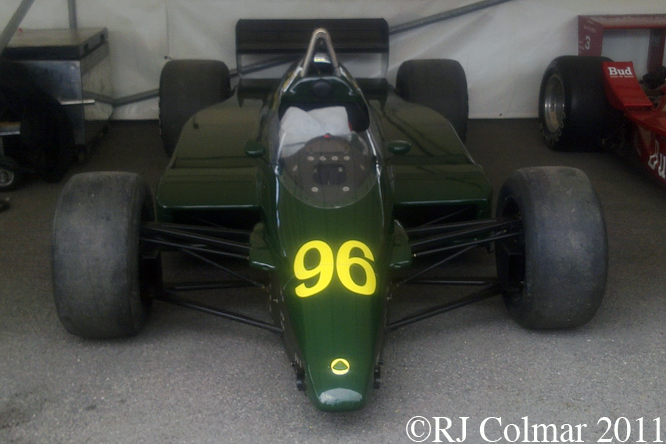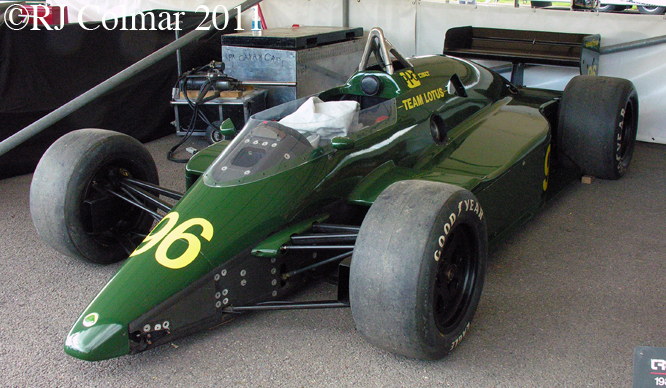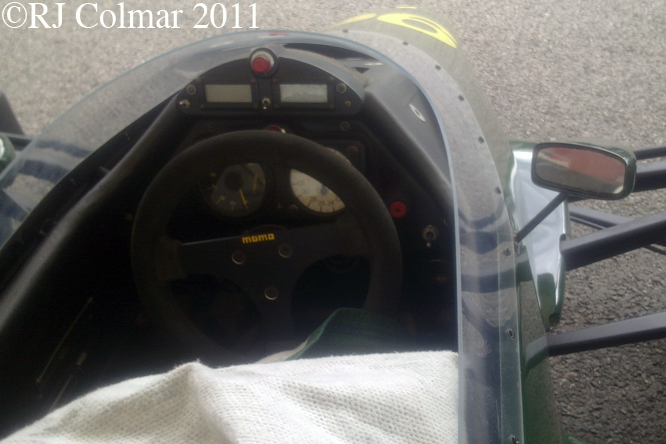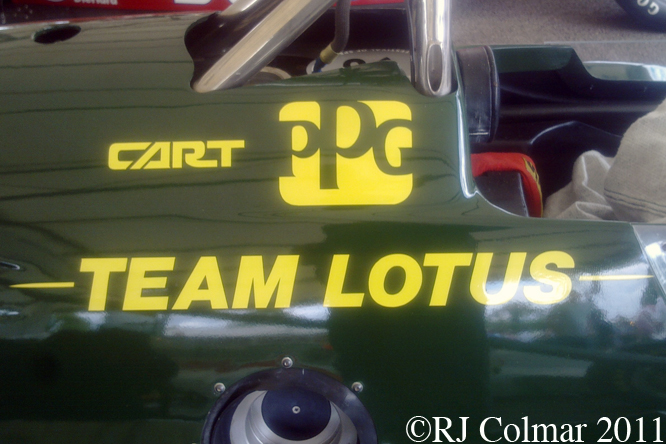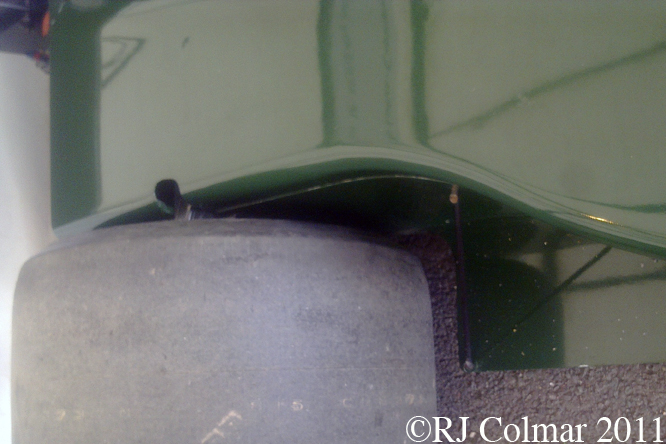In 1937 the Maserati brothers harvested a reputation for building unprofitable but successful racing cars by agreeing a deal Adolfo Orsi in which Orsi took financial control of Maserati in return for the brothers commitment to work for the company that bore their name for at least ten years.
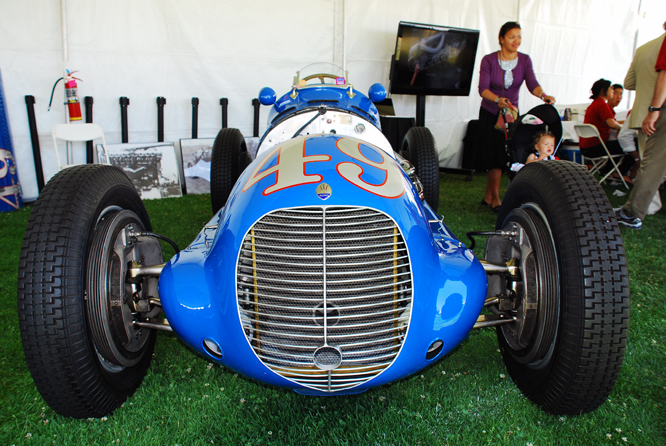
For 1938 new rules were introduced for the top echelon of European open wheel racing that had been dominated by Auto Union and Mercedes Benz since 1934. The new rules introduced for the first time a minimum weight depending on engine displacement of either 3 litres / 183 cui supercharged or 4.5 litres / 274 cui normally aspirated.
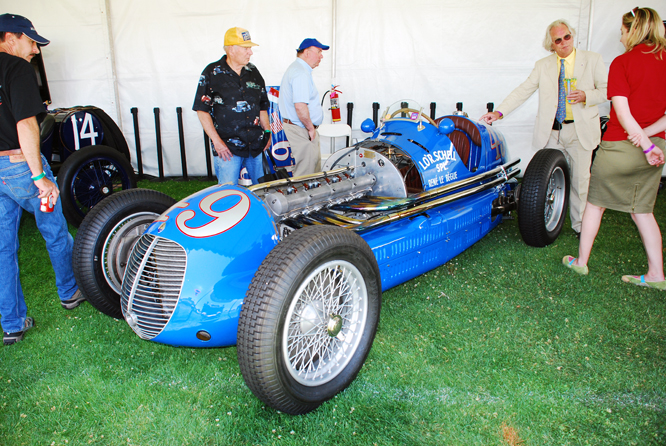
The Maserati brothers decided to go the supercharged route with a 3 litre / 183 cui in line 8 cylinder motor that featured a fixed ‘testa fissa” cylinder head that did away with the need for leaky cylinder head gaskets and allowed the motor to run with high supercharger pressure which was provided by two Roots type superchargers. in all 4 8CTF twin cam two valve motors were built that produced 365 hp. Well down on the 470 plus quoted for the contemporary V12 Auto Union D-type and Mercedes Benz W154.
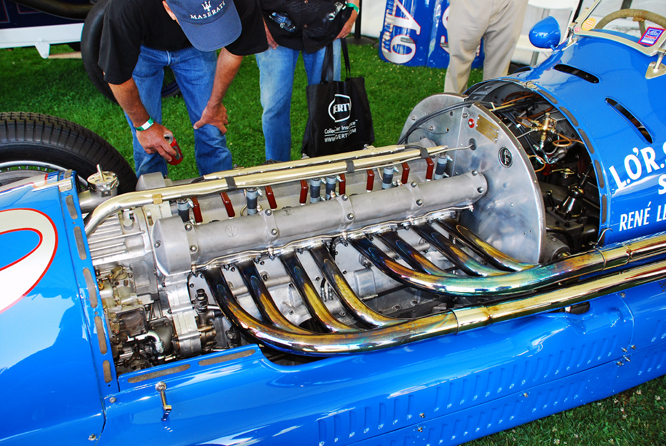
Along with the 4 motors Maserati built 3 8CTF chassis numbers #3030, #3031 and #3032 all of which were entered for races in Europe with the greatest success being recorded by Paul Pietsch who led the 1939 German Grand Prix before six pit stops ensured a best 3rd place finish 1 lap down behind the winning W154 of Rudolf Carraciola and 2nd place D-Type of Hermann Paul Müller.
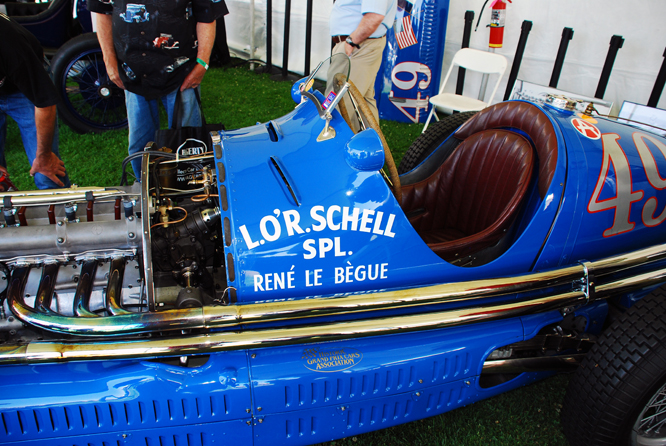
By the time of the 1939 German Grand Prix 8CTF chassis #3032 had been sold to Chicago Electricians Unionist Michael J. “Umbrella Mike” Boyle who had fielded the winning Boyle Products Special/Miller Indianapolis 500 entry for “Wild Bill” Cummings in 1934 eight years after his first entry in the Greatest Race On Earth. For the ’39 Indy 500 the Maserati was prepared by Crew Cheif Harry “Cotton” Henning and renamed “Boyle Special” that driven to Victory Lane by Wilbur Shaw who the following year using the same car became the first back to back repeat Indy 500 winner.
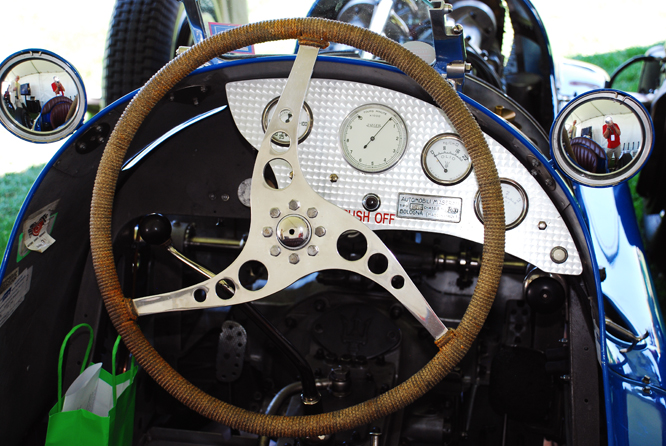
Today’s featured chassis #3030, seen in photographs by Geoffrey Horton at the 2011 Palo Alto Concours d’Elegance, was acquired by owner Lucy O’Reilly Schell along with the sister #3031 chassis who entered both cars in the 1939 Swiss Grand Prix for René Dreyfus and Comte Georges Raphael Bethenod de Montbressieux also known in racing circles as “Raph”. Dreyfus driving #3030 finished 8th in the second heat run in the rain 2 laps down while “Raph” appears not to have taken the start in the sister car.
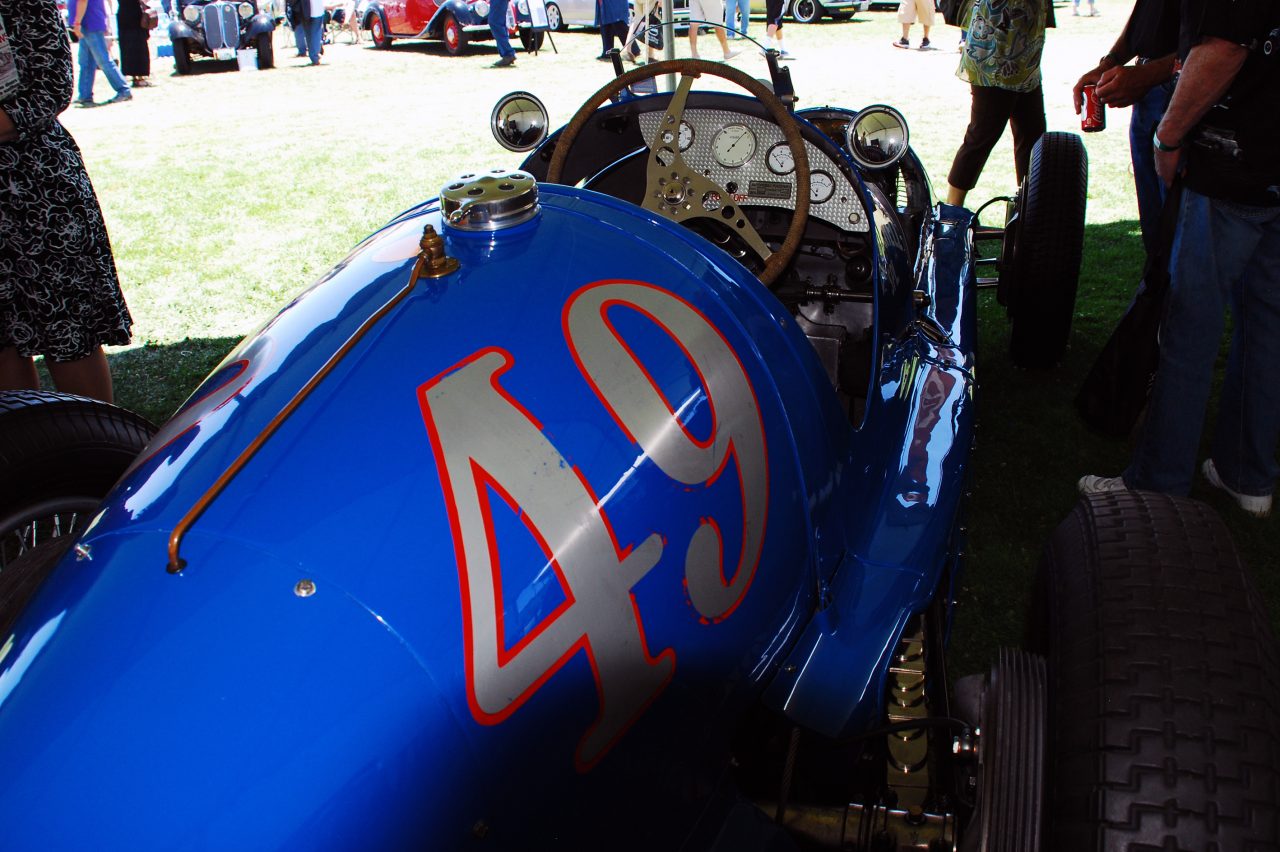
In 1940 all three 8CTF’s were entered in the Indy 500 with the Écurie Lucy O’Reilly Schell chassis #3030 for René Le Bègue and #3031 for Dreyfus joining Wilbur Shaw in the #3032 Boyle Special entry. Unfortunately the Écurie Lucy O’Reilly Schell team did not understand the bump day rules during qualifying so although Dreyfus qualified in the #22 entry on speed this did not exclude him from being bumped off the grid. Despite the protestations of the likes of ’39 winner Shaw. Dreyfus accepted his fate, sportingly Le Bègue offered to share the driving of the #49 chassis 3030 in the race.
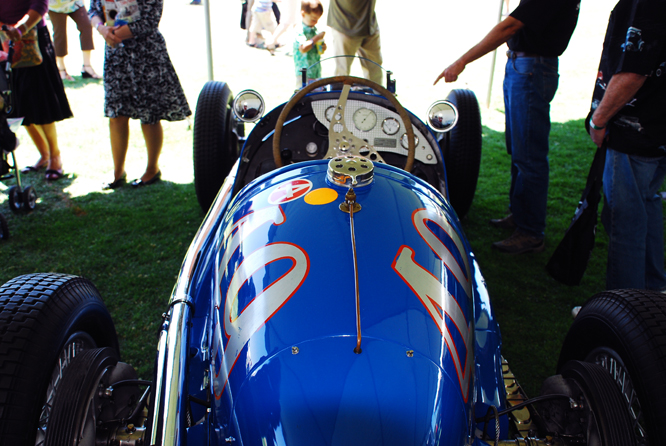
While familiarising himself with today’s featured #3030 chassis the engine blew, after Dreyfeus had improved on the lap times recorded with his bumped chassis, with the result that the #49 chassis #3030 went to the grid for the 1940 Indy 500 with the engine from chassis #3031 fitted. Le Bègue started the race and handed over to Dreyfus as agreed with the car classified 10th on 192 laps at the races end.
Thanks to the research skills of Michael Ferner, who from contemporary reports has identified at least 21 possibly 23 Maserati’s entered for The Greatest Spectacle In Racing between 1930 and 1957, we know #3030 appeared as an entry at the Indy 500 in ’41, ’46 and ’48 through to ’53 recording a best finish of 4th in ’46 with Emil Andres at the wheel of what was now known as the Elgin Piston Pin one place behind Ted Horn in the Boyle entered #3032 chassis. The car’s last Indy start was in 1948 when Harry McQuinn completed just 1 lap from 26th on the grid to be classified 33rd and last.
Perhaps #3030’s greatest achievement was a 2nd place finish at Pikes Peak with Louis Unser at the wheel in 1949, two years earlier Unser won the Pikes Peak Hillclimb outright in the sister #3031 chassis.
My thanks to Michael Ferner, Alan Cox, David McKinney, VWV, Vitesse2 and fbarratt at The Nostalgia Forum who in one way or another all contributed to my understanding of the history of the Maserati 8CTF’s, finally thanks to Geoffrey Horton without whom today’s blog would be about something else.
Thanks for joining me on this “Room For Two” edition of “Gettin’ a li’l psycho on tyres” I hope you will join me again tomorrow. Don’t forget to come back now !
